The Rock-itt Magazine for May 2016 is now abailable! We follow the Rock-itt Magazine for its excellent series on our Man Flynn!
— David DeWitt
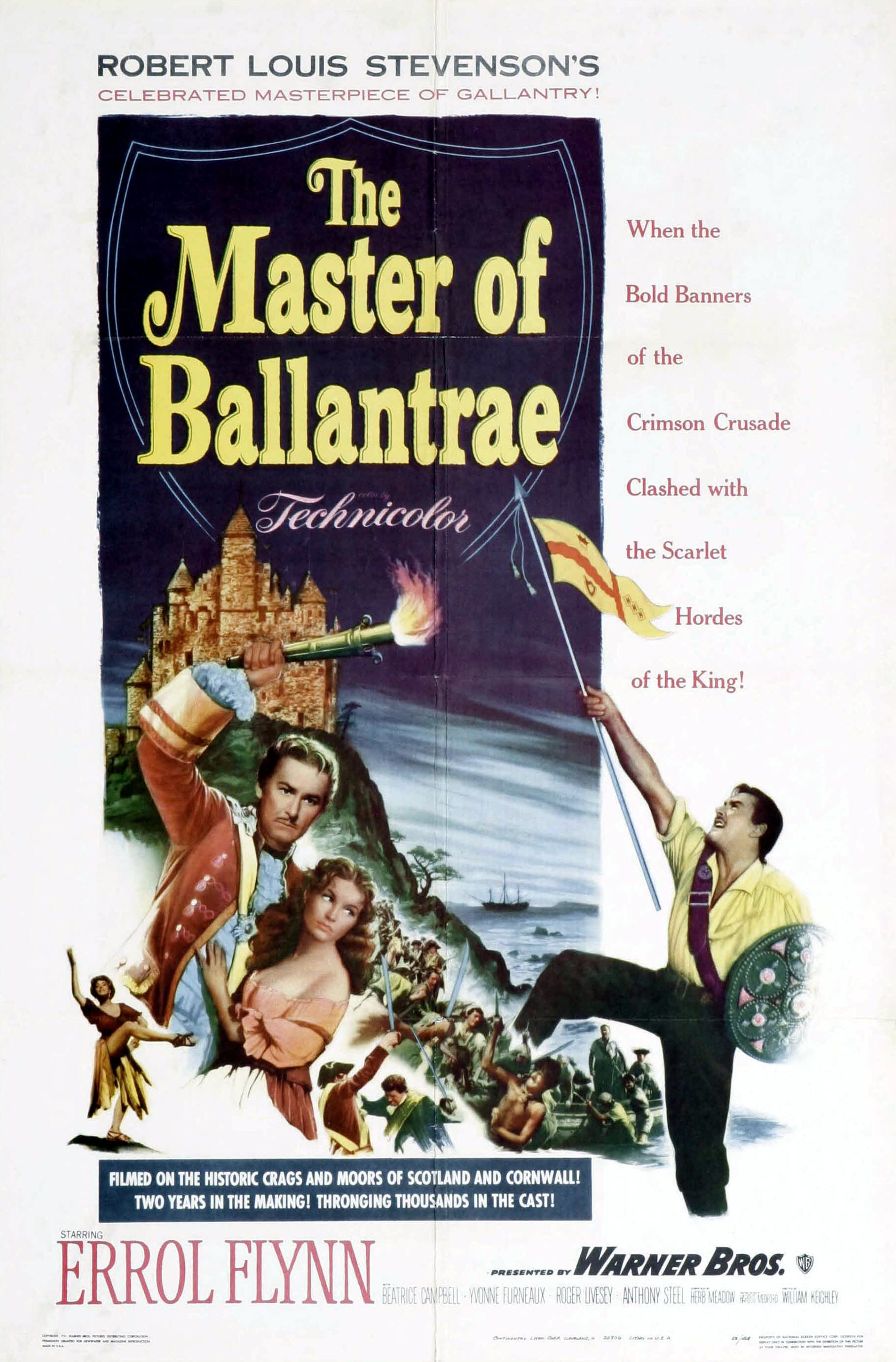
Just watched this again a few days ago and was very happy with the real locations used rather than the back lot. Makes me wish Against All Flags was filmed in Europe too.
I think that many reviews in the book The Films Of Errol Flynn are a bit too critical and was happy to find this one.
MOVIE REVIEW
Master of Ballantrae’ at Paramount
H. H. T.
Published: August 6, 1953
With plenty of good, old-fashioned muscularity crowding a highly pictorial Technicolor frame, at least three-fourths of “The Master of Ballantrae” makes a rousing, spectacular outlet for a pair of estimable adventurers, Errol Flynn and the master himself, Robert Louis Stevenson. In the new Warner Brothers arrival at the Paramount yesterday, Mr. Flynn is leading a fine, predominantly British cast through one of the liveliest, handsomest and most absurd screen free-foralls ever to leave the Victorian talespinner’s pen.
If the excessive length and staggeringly heroic exploits can be pinned on Warners and Mr. Stevenson, respectively, no one, assuredly, should question the lavish elasticity of the proceedings. It is played well by the entire cast, and seasoned throughout with some brazen drollery. The film was gleamingly authenticized in such locales as Scotland, England and Sicily.
Herb Meadow’s adaptation fittingly charts a cluttered, tumultuous odyssey for the indefatigable protagonist, leader of the fiery Durisdeer clan and fugitive champion of the Stuart Restoration, as he engineers a magnificent career in high-seas piracy and returns home, a wiser, if no less boisterous, rebel. The direction of William Keighley is equally alert and scenic, whether scouring the craggy, heather-strewn battlegrounds of the clansmen or capturing the lusty barbarism of the pirates’ island sanctuary. And since the dialogue is more often pungent than standard, the motivations and characterizations retain a surprising air of conviction, for all the flying kilts, sabers and sails.
Mr. Flynn is, in turn, bold, roguish and forgiveably self-satisfied in his best swashbuckler since “The Sea Hawk,” thirteen long years ago. The featured players, a spanking round-up, are crisp, restrained and forceful, one and all, particularly Roger Livesey and and Anthony Steel, and the ladies in the case, Beatrice Campbell and Yvonne Furneaux.
Last but not least, the truly stunning color photography of that British ace, Jack Cardiff, provides a canvas that stands as a model of its kind and fully rates the classic archive reserved for Mr. Stevenson, long, perhaps, after Mr. Flynn and company are forgotten. Meanwhile, Mr. Flynn is having himself, as well he might, a field day.
THE MASTER OF BALLANTRAE, screen play by Herb Meadow, based upon the Robert Louis Stevenson story directed by William Keighley and presented by Warner Brothers.
Jamie Durisdeer . . . . . Errol Flynn
Col. Francis Burke . . . . . Roger Livesey
Henry Durisdeer . . . . . Anthony Steel
Lady Alison . . . . . Beatrice Campbell
Jessie Brown . . . . . Yvonne Furneaux
Lord Durisdeer . . . . . Felix Aylmer
MacKellar . . . . . Mervyn Johns
Arnaud . . . . . Jack Berthier
Mendoza . . . . . Charles Goldner
Maj. Clarendon . . . . . Ralph Truman
— twinarchers
At first I thought I had found an image called a storyboard but this was not the case.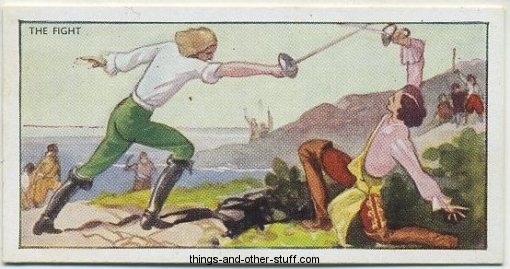
— twinarchers
One Month from Today for Showing of Captain Blood!
At the Legendary 1920s Landmark ‘Siskel & Ebert’ Theater Outside Chicago.
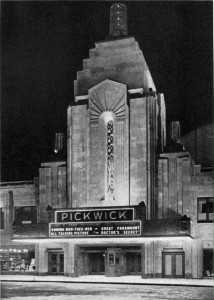
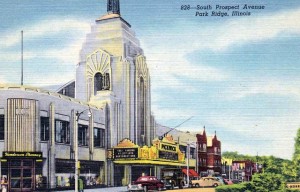
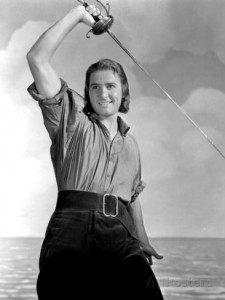
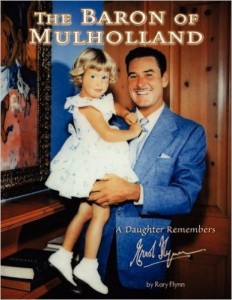
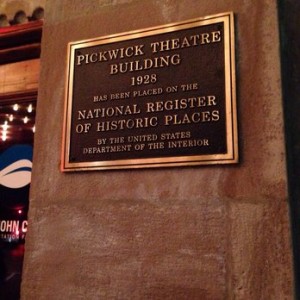
— Tim
We love to promote the works of our Authors when we can, and today is one of those fine days! Our Author Ralph Schiller has penned a new book about one of the old time stars we baby boomers remember from theatres and television that is all but forgotten today except for TCM showings, and hardcore classic film buffs. The Complete Films of Broderick Crawford is a gem of a book and here are some more details:
From Amazon.com…:
Today the name Broderick Crawford means nothing to twenty-first century young people. As far as they’re concerned, All The King’s Men is a miserable movie starring Sean Penn! They have absolutely no idea that way back in the twentieth century Broderick Crawford was a highly-paid major box-office Hollywood film star who made over ninety motion pictures. He also won the prized Academy Award Oscar for “Best Actor In A Starring Role”. On top of that he starred in an enormously successful, blockbuster television series that ran for decades in world-wide syndication making him an unpaid babysitter for an entire generation of baby boomers. In the pages of this book, the reader will discover an extraordinary actor and film star with an incredible body of work. He enjoyed a durable career in show business spanning forty-five years that hit Hollywood’s lofty heights and bottom-scraping depths more than once.
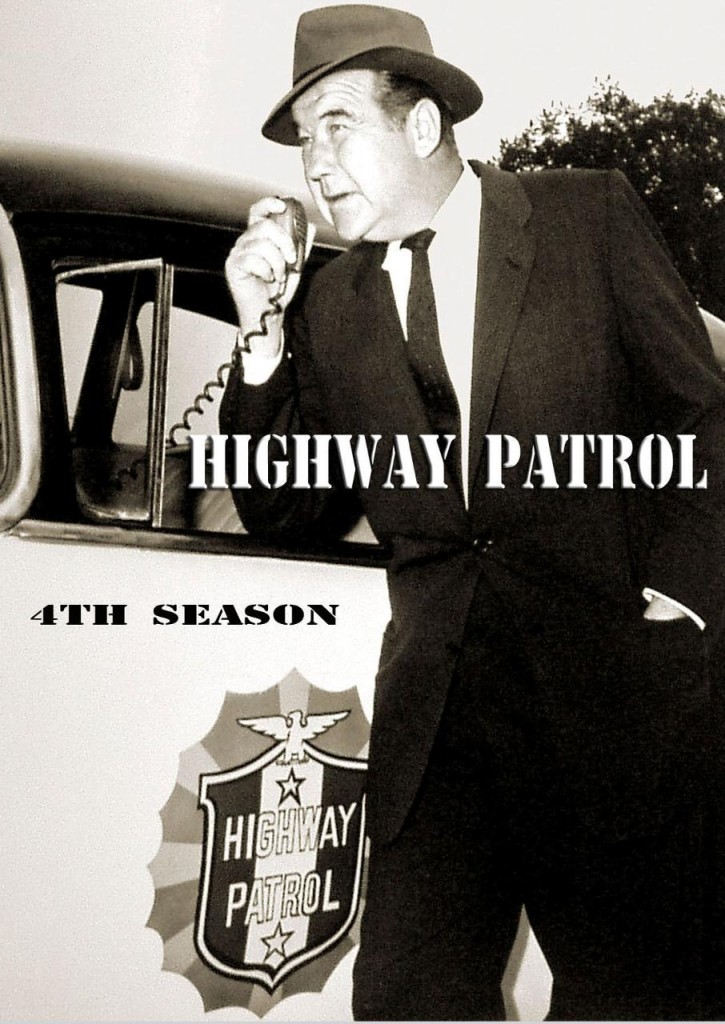
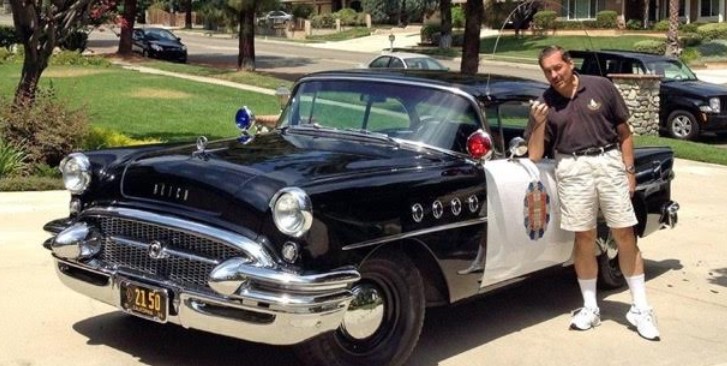
— David DeWitt
Recently assessed to be one of the rare great film trailers that actually lived up to its promotional superlatives:
— Tim
It has been nine years since I published this article on the blog, and before the month gets entirely away from us I want to publish it again … it was the first article published on The Errol Flynn Blog, and I was alone here but not for long, of course!
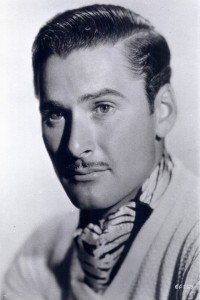
Who was Errol Flynn?
He it was who fought the evil-doers up there on the big screen when I was a kid growing up along the banks of the Snohomish River circa 1959. I was ten years old when the great swashbuckler died, and clearly remember the day he died because I distinctly recall saying aloud… Oh, I liked him! when I saw his picture in my father’s newspaper and read that he had died in Vancouver, B.C. the day before. Vancouver was in British Columbia, Canada–less than two hours drive north from where we lived in a little logging community that surrounded a tiny lumber mill resting on the edge of the Snohomish River, near Everett, Washington. Not far to the south was the big city of Seattle–farther south, somewhere, was Hollywood where Flynn lived, I thought then…
All Movie Stars lived in Hollywood, I thought.
Where else would they live?
As a ten year old kid, my friends and I would play Robin Hood in the marsh between our houses. This area was about an acre of tall grass with a layer of mud and water under it. In the center of it was a tall tree with willowy branches. Nearby this tree was a cement block that was part of the foundation of a house or building long vanished from sight.
This cement block was a perfect place to swing on a rope from the tree, and land Flynn-like on the cement block, saying loudly “…Welcome to Sherwood, Milady!” as the other kids stood watching.
We created bows and arrows from tree branches (long bows) and shot at cardboard targets in a Tournament–and went about robbing the rich to give to the poor…
There were terrific battles between the Normans and the Saxons–in cardboard armor. We had long stick swords with handles that consisted of a short block of wood nailed across the end of the stick where are hands took up these sharply pointed “swords”. It is amazing that nobody lost an eye or was impaled when we whacked each others cardboard armor to pieces but we all survived major injury.
It was disconcerting, however, to see the pointed end of a stick come tearing through your head armor (a small cardboard box with eye slits cut in it) and see the sharp tip whiz past your face… We were the Merry Men of Sherwood until dark and our Mothers called out our names to come home for dinner.
The day I read of Errol Flynn’s death in my Dad’s evening newspaper was a sad one for me and for the Men of Sherwood. But soon, I forgot all about him–and moved on to other childhood adventures. We built a two-by-four wide bridge across the swamp from the cement block to the edge of the sawdust pile–a distance of about a half block, for example. It was rickety, held up by posts driven into the soft swamp ground. We scavenged everything we needed from the sawmill nearby. It had tons of discarded stuff to use for our scientific and engineering feats.
The days moved by quickly during those hot summer days of 1959–we climbed the Willow tree, and jumped off–catching branches to break our fall into the swamp’s knee high muck. We sent expeditions into the surrounding swamp of green scrub, sticker bushes, and thick-limbed trees to bring back scientific samples of flora and fauna. This was Stink Weed and Dandelions, and all manner of growing weeds. We boiled this up in Terry Sullivan’s mother’s pressure cooker in their kitchen and went out to play on the rooftop of the Sullivan’s garage. When we heard the explosion, it was nearly dark and Terry’s parents weren’t home, yet…
The mess was all over the kitchen walls, and their kitchen stank for a week. We got a real hiding for that one!
Other days were spent riding our bicycles round the two roads that came down into the Mill area–my brother never could stop that heavy framed bike with its oversize tires, so he just crashed into the grass or alongside Dad’s car–or time was spent making tree houses. We had crew cuts in summer, collected bubble gum cards and seven up bottle caps (to go to the movies when you turned them in) and wore blue jeans all the time with a t-shirt. You could put a playing card held with a wooden clothesline clip onto the wheel of your bike to make it sound like a motorcycle as the card fanned against the spokes!
TV was a little black-and-white set with an aerial on the roof of the house. There may have been seven channels including the Canadian channels. Sundays, it seems to me, there were sci-fi movies like the BLOB with Steve McQueen in a starring role. And there were Errol Flynn movies like Robin Hood, The Charge of the Light Brigade, and Dodge City. Red Skeleton was on, and Milton Berle…
I remember seeing Errol on The Red Skeleton Show. He played a bum and held up the remains of his yacht–a porthole!
Errol had a huge effect on young boys of my generation. He was the swashbuckling hero we all wanted to be! He sailed the Seas, he found Adventure and Treasure, and love–that part we could do without. He was always kissing GIRLS!
But he sure could sword fight! He could shoot arrow-after-arrow like you’d pull the trigger on a gun! And every one found its mark!
As the years passed I forgot about Errol Flynn.
I was in my twenties before he became interesting to me again. I had been reading some biographies of various people–adventurous people like Jack London, Frank Buck, Robb White, and Martin & Osa Johnson. Hemingway fascinated me. It was while reading about Hemingway that Errol’s name came up. Errol Flynn! There was a reference to something Flynn said in a book called “My Wicked, Wicked Ways”. I wonder if I could find that book anywhere, I thought.
It turned out that it was still very much in print and there was a paperback copy of it at my local bookstore. Then began some of best reading I have ever come across in an autobiography. This story had it all… intrigue, mystery, adventure, laughs, tears… and it was all true!
Wasn’t it?
Well… What wasn’t true made a hellova story, and what was true was not always just a colorful story. You might read “My Wicked, Wicked Ways” as a terrific novel–or a tall tale, yet, here is a legendary character that captures the spirit of adventure in the hearts of all young people who share the feelings of a young man who takes on more than he can chew at times but has his fill nonetheless of what life has to offer… he drank his fill both literally and figuratively of everything most others only dreamed of or read about in glossy magazines. He was kind, cruel–generous, mean, unpredictable, tormented, creative, foolish, brave, gullible, and had a genius for living larger than life. He was intelligent, self-educated–a businessman, an internationally recognized actor, a writer, an explorer, a raconteur, a drunk, an addict. His life was a Shakespearean drama…
He was a lot of things to many people and he was less to himself than should have been. He was and is the quintessential bad boy–but he wasn’t nearly as wicked as he was thought to be by those who didn’t understand him, or those who envied him. He was dangerous. He was cultured, he was a joker, he was… curious.
He was a scientist, of sorts… that is, he knew the real world and wanted to understand it. To experience it. All of it.
And for nearly fifty years, he did.
— David DeWitt